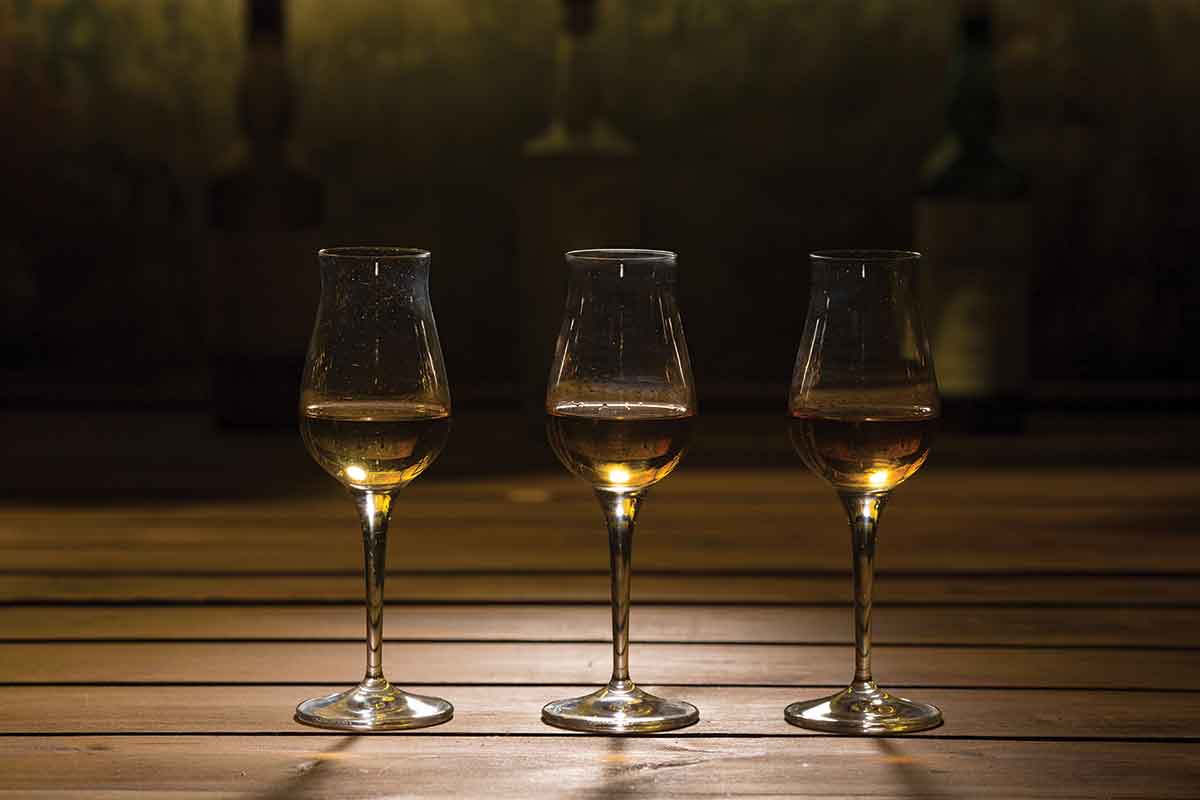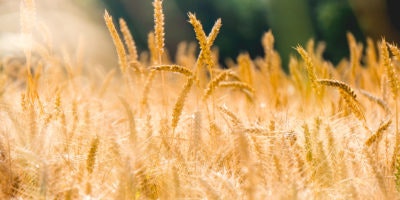If you’re reading this, there’s likely a chance that you enjoy the occasional whiskey. It makes sense. Whiskey is (and has been) the darling of the drinks world for a while now. Folks are learning everything they can about their favorite barrel-aged, cereal-based tipple—and there are so many types to choose from! There are a lot of differences between the various whiskey types around the world, but most folks tend to pit bourbon vs Scotch whisky when claiming a favorite style.
An aversion or adoration of peat, a love affair with big charred oak, or a distaste for bourbon’s fattened sweetness are a few of the explanations for one’s particular predilections. Bourbon and Scotch whisky are figuratively (and literally) oceans apart. The flavor differences between these two whiskeys are huge. But the reasons for these differences go well beyond bourbon’s use of at least 51% corn in the mash. In fact, some Scotch whisky blends arguably have more corn in them than some bourbons do, but that’s another story.

Bourbon vs Scotch Whisky
Bourbon is characterized as having a so-called “fatter” and sweeter flavor profile, relying on new, heavily charred oak barrels for much of its character. The corn base does provide a grainy sweetness which is amplified by the fact that the mash is fermented and distilled with all the grain solids still in the liquid.
These whiskeys are typically produced using a column still in conjunction with a doubler. A doubler is a technological relative to the thumpers used in moonshine production. It provides a simple second distillation for the bourbon. Folks studying the provenance of their favorite drams sometimes hear “column still” and think of neutral vodka. But when we’re talking about bourbon, the result is nothing but flavorful. The neutrality of column stills is very much a myth. Just like any other tool or instrument in the workspace, the results depend on how you use it.
Bourbon is most often distilled to a relatively low 130-135 proof (65-67.5% ABV). This type of distillation leaves a lot of flavor congeners in the distillate. The distillate is usually reduced to 125 proof or lower (125 proof is the legal maximum for barrel aging bourbon). Coupled with large charred new American oak barrels, which age in the hot and humid Southern climes of Kentucky and Tennessee, you get a big, chewy, caramel and vanilla-laden whiskey. It helps that the climate and lower barrel proof tend to age whiskey a bit faster than cooler climates with spirits of higher barrel proof. Speaking of which: segue!
Barley and Sometimes Peat
Scotch whisky behaves differently, even if some of its DNA has historically found its way into bourbon production. When thinking of differences between bourbon vs Scotch whisky, consider the barley. In the case of single malts, that’s all you can use. Maybe the barley has been smoked with peat moss (hello, Islay) or maybe it hasn’t, which is common in Speyside. Then there’s the fact that the barley is mashed and subsequently separated from the sweet liquid prior to adding yeast. This removes some of the more intense cereal notes that bourbon can take on.
Scotch whisky mashes are typically fermented a bit cooler than many bourbons which produces different types of aromatics. It’s a complicated subject so let’s just leave it at that. Next the fermented distiller’s beer is distilled in pot stills at least twice. The spirit comes out of the still averaging around 70% ABV, which is a smidge higher than that of bourbon. The higher ABV off the still as well as a higher barreling ABV (63-65% is typical) favors the maturation of a more subtle and delicate spirit (there are exceptions of course).

Used vs New Barrels
Scotch whisky barrels are usually, but not always, sourced from distilleries or wineries that previously used them for something else such as bourbon or sherry. Even then, they are often re-charred on the inside, so they aren’t as neutral in character as many folks assume. And finally, due to the different types of casks at the distillery’s disposal, there are a lot of options for blending an array of flavors together. This is not commonly done in bourbon land because the law says a new charred oak barrel must be used–yes, every time.
The previous paragraphs have really just scratched the surface here, but you can see that the differences of bourbon vs Scotch whisky are the result of much more than mere ingredient selection. Hopefully this gives a bit more insight into the inner workings of whiskey. Maybe it has made you curiously thirsty to revisit something outside of your preferred dram for some “research”. Of course, consumers have the luxury of choice and in the case of both bourbon and Scotch whisky, flavor and enjoyment are never in short supply.
Now that you’ve read about Bourbon vs Scotch, what’s next?
With Distiller, you’ll always know what’s in the bottle before you spend a cent. Rate, Review, and Discover spirits. Head on over to Distiller, or download the app for iOS and Android today!
Want to enjoy Distiller ad-free plus exclusive discounts, giveaways, features and other perks? Join Distiller Pro today to support the Distiller platform and keep ads off of your screen.



